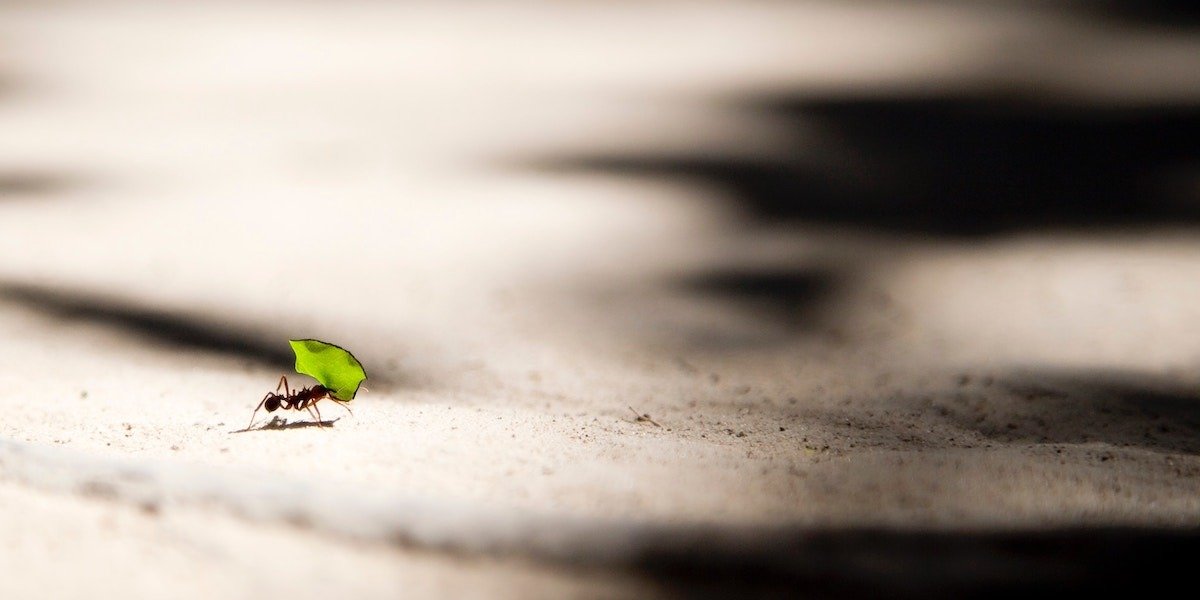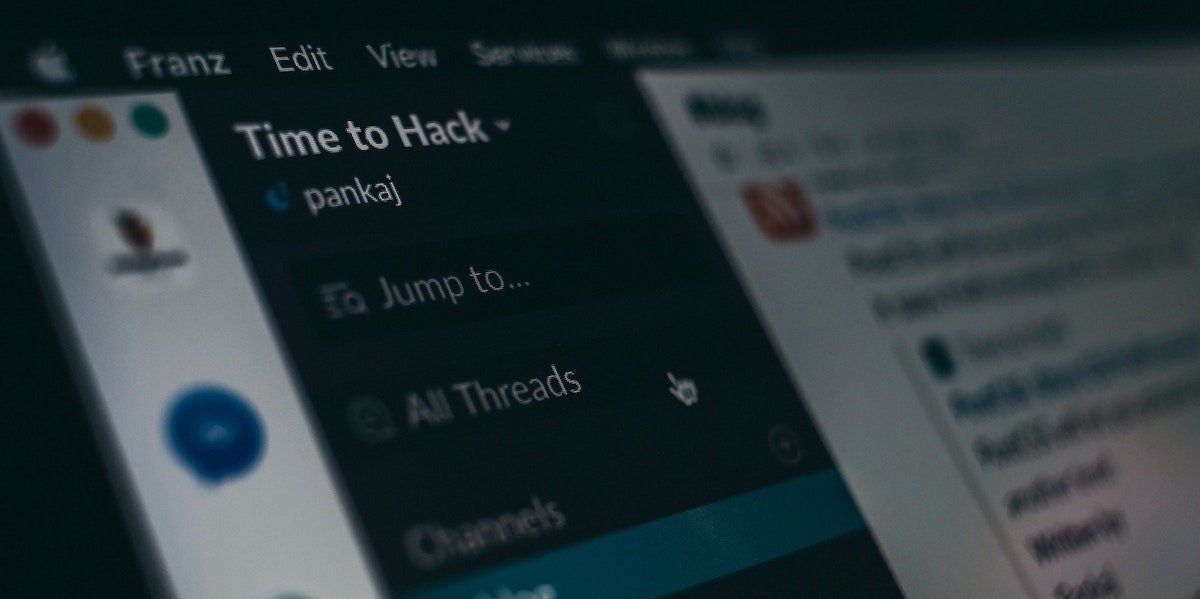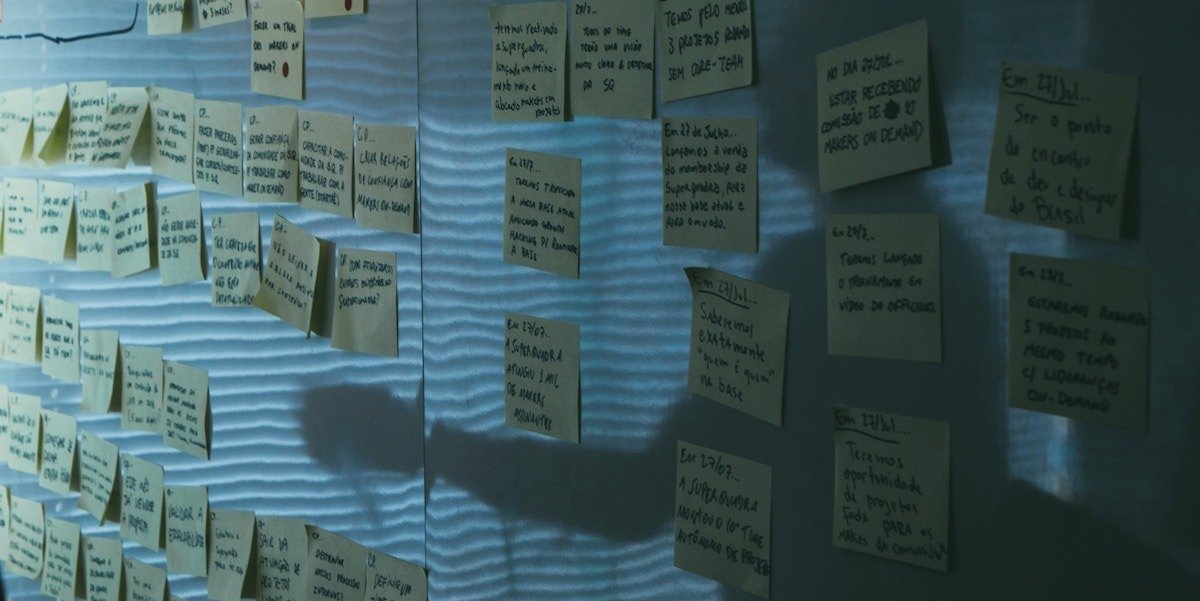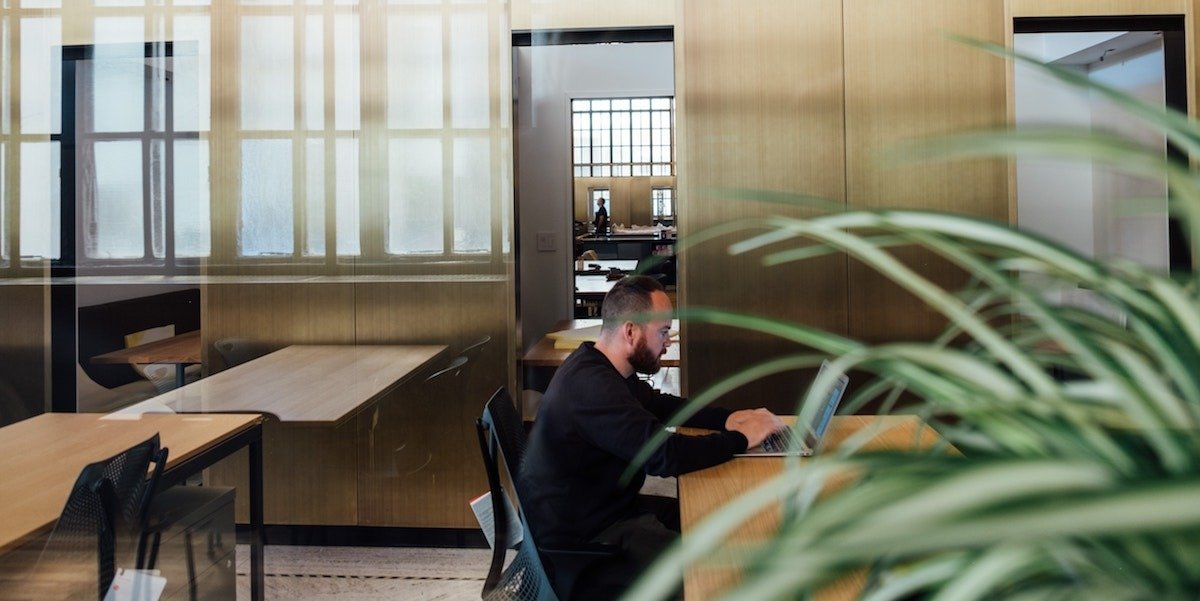For successful collaboration, stop being “always on” and start working in “bursts”
If you want to understand the importance of collaboration in the workplace, just look at the tools you use. There’s Slack and other IM tools for constant communication. Email and project management tools to send updates and important information. And Google docs, Dropbox, and others for working in real-time.
As the Economist wrote: “In modern business, collaboration is next to godliness.”
But this doesn’t mean we’re very good at it. In fact, one study found that 20–35% of the value in collaborations comes from just 3–5% of the participants.
So how can we get the most out of our time working together, while also not getting in the way of others? One technique that is gaining traction is to work less often, but more intensely.
How ants work better together by doing less

Humans aren’t the only species that have found success by working together. If you’re looking for an example of productive collaboration, few are as compelling as the humble ant.
Ant are basically nature’s construction crew. Despite their tiny size, ants work together to build massive networks of underground tunnels. But while you might think their sheer numbers allow them to do so much, that’s not the case.
When researchers at Georgia Tech started examining how ants collaborate, they discovered that the secret to efficient and productive tunnel digging wasn’t working together all at once. Instead, only 30% of ants do 70% of the work. (The rest wait or cycle in as needed).
This isn’t because some ants were just naturally more productive (or lazier) than others. Instead, it came down to a simple fact: Too many ants in the tunnel caused traffic jams that would slow the entire project down.
The key to an ant’s collaboration is to work hard when needed. And get out of the way the rest of the time.
The power of intermittent isolation
It’s probably hard to see how this example applies in the modern workplace.
For one, unlike the ants in a narrow tunnel we don’t have physical constraints stopping us from doing the work we’re supposed to do. In fact, collaborative technologies like Slack, email, Google docs, and others were made to allow us to all work at the same time.
So wouldn’t it make sense that we all put our full effort in, all the time?
Not exactly.
According to new research published by the Harvard Business School, we’re actually more productive, efficient, and creative when we follow the lead of the ants and work “intermittently” rather than trying to be “always on.” Especially when it comes to complex problem-solving.
In the study, researchers gave three separate groups the same problem to solve. One where each member worked on it in isolation. One where the group’s members collaborated constantly. And a third group that only collaborated intermittently.
Here’s what they found:
- The “isolated group” came up with a few fantastic solutions, but their overall quality as a group was low (due to a high variation between good and bad solutions).
- The “always on” group had less variation in solutions (due to groupthink from working together). And while the solutions they did come up with were overall better quality than the isolated group, they didn’t have any of the “fantastic” ones people working on their own came up with.
- The “intermittent collaboration” group had the best of both worlds. They used their isolated time to come up with the most creative ideas, and then came together as a group to explain, learn from each other, and narrow in on the highest-quality ones to present.
As Harvard associate professor and one of the study’s co-authors, Ethan Bernstein, explained:
“Even though the groups interacted only intermittently, they had an average quality of solution that was nearly identical to those groups that interacted constantly. And yet, by interacting only intermittently, these groups also preserved enough variation to find some of the best solutions, too.”
Communicating in “bursts” keeps teams productive

In our always on workplace culture, it seems strange to try and scale back just how often we work together. Yet one of the main takeaways from this study and others is that we all do better work when we have time for both collaboration and private creative thinking.
In fact, another recent study published in Academy of Management Discoveries, found that constant communication—especially over tools like Slack and instant messengers—actually decrease both our productivity and creativity.
Researchers looking at the productivity of remote teams found that those who practiced a “bursty” style of communication—rapid periods of collaboration followed by long periods of silence—were the most successful.
What’s even more wild, is that this communication style made teams more successful than those who were offered prizes for accomplishment or filled with exceptional talent.
But why is this?
One hypothesis is that “bursts” not only allow more time for creative thinking. But they also signify teams who are more aligned with each other’s needs. As the study’s authors wrote:
“During a rapid-fire burst of communication, team members can get input necessary for their work and develop ideas. Conversely, during longer periods of silence everyone is presumably hard at work acting upon the ideas that were exchanged in the communication burst.”
The issue is that modern tools have done away with that style of communication. Things like Slack have told us it’s better to be always available. But that can have unintended consequences. As Harvard’s Bernstein writes:
“As we replace those sorts of intermittent cycles with always-on technologies, we might be diminishing our capacity to solve problems well.”
Want to get a handle on your communication time? Find out how RescueTime can help you build better work habits and take control over your day.
Note and Vote, Sprints, and other ways to build “intermittency” into your collaborative work
So how do you switch from being “always on” to working in “bursts”? It’s not enough to just turn off your collaborative tools or leave people in the dark. Instead, it takes changing your whole team’s approach to working together.
Not only will this help you work more efficiently, but it can even be a competitive advantage. Few companies put any effort into training their teams to work better together. In fact, when we surveyed hundreds of RescueTime workers about what gets in the way of doing good work, only 13% said they’ve ever spoken to their boss or coworkers about dealing with interruptions. (And only ⅓ of them said they found some sort of resolution.)
So, if you want to give yourself an unfair advantage, here are a few techniques borrowed from some of the most successfully collaborative teams at places like IDEO and Google.
Use “Note and Vote” for better decision making

Few things kill collaboration like decision making. It’s just too easy for a quick “Should we do X or Y?” to turn into a long, drawn out conversation that ends in decision deadlock.
Instead, you can use a technique called “Note and Vote” to break through your decision barriers.
Developed by the team at Google Ventures, Note and Vote is a process where decisions are made on a tightly controlled schedule that allows people to work in parallel rather than waiting for their turn to talk.
Here’s how the Note and Vote system works:
- Everyone on your team is given 5–10 minutes on their own to write down their ideas, options, and solutions.
- Next, each person has 2 minutes to self-edit their pool down to the top 1–2.
- As a group, each person has a few seconds to share their ideas while a leader writes them down on a board.
- Back as individuals again, each person is given a few minutes to go over the options and select their favorites.
- Finally, as a group, each person casts their vote and gives a short reason why they picked it. The leader marks down votes and picks the winner if there is a tie.
The reason this works so well is that it follows the same principles as the tunnel-digging ants. Instead of everyone jumping in at once (out of fear they won’t be heard), each person has ample time to think independently and then express their opinion.
Practice sprints to condense collaboration
Sprints are a great technique for coming together and working intensely, and then going off for private, creative thought.
Inspired by the team at design consultancy IDEO and formalized in the book Sprint: How to solve big problems and test new ideas in just five days, a design sprint is an intense period of collaboration that helps teams answer questions and test solutions.
It’s a highly structured process (which you can read all about here) but the basic idea is that your team spends five (or less) days together coming up with ideas and solutions and then sketches, prototypes, and tests them with real users.
In the end, you’ll have enough information to know what to work on next. According to GV’s John Zeratsky, not only do sprints help teams collaborate more intensely, but they also create concrete answers (meaning less follow ups), keep you focused (so you can work on your own more), and force quick decision-making.
While you don’t have to follow the design sprint method exactly, try to follow it’s approach of structuring your day around bursts of intense collaboration followed by time to think.
Create physical (and mental) space for isolated work

It’s impossible to talk about collaboration without at least mentioning where you work.
Collaboration doesn’t just happen online or over digital tools. And while most knowledge workers spend their days in open offices designed to create more interaction and collaboration. In reality, they rarely do that.
Rather than increase our face-to-face interactions, open offices have been found to decrease them by up to 70%.
Humans crave privacy, and working in an environment devoid of it does not make us more collaborative. Instead, Harvard’s Bernstein suggests that physical workplaces should mirror the same “burstyness” we’ve been describing. This means providing both group spaces (booths, meeting rooms) and individual spaces for privacy (like phone booths and pods).
If you work at home or remotely, you’re not completely safe from this issue either. Yes, you need a physical space devoid of distractions to do focused work. But you also need to create mental space as well. This means getting over the feeling of needing to “catch up” and always be around on Slack and IM.
From our own research, we found that knowledge workers on average check in on email and IM every 6 minutes. To stay “bursty” try to only check in at specific times. That way your team knows when you’re available and you can schedule your deep work around those periods.
Collaboration is one of the keys to our success at work. But that doesn’t mean we should give away all our attention all the time.
To be the best collaborator possible, you need to balance between being around and being heads down. And according to the research, there are few better ways to do that then bringing a bit of “burstiness” into your day.